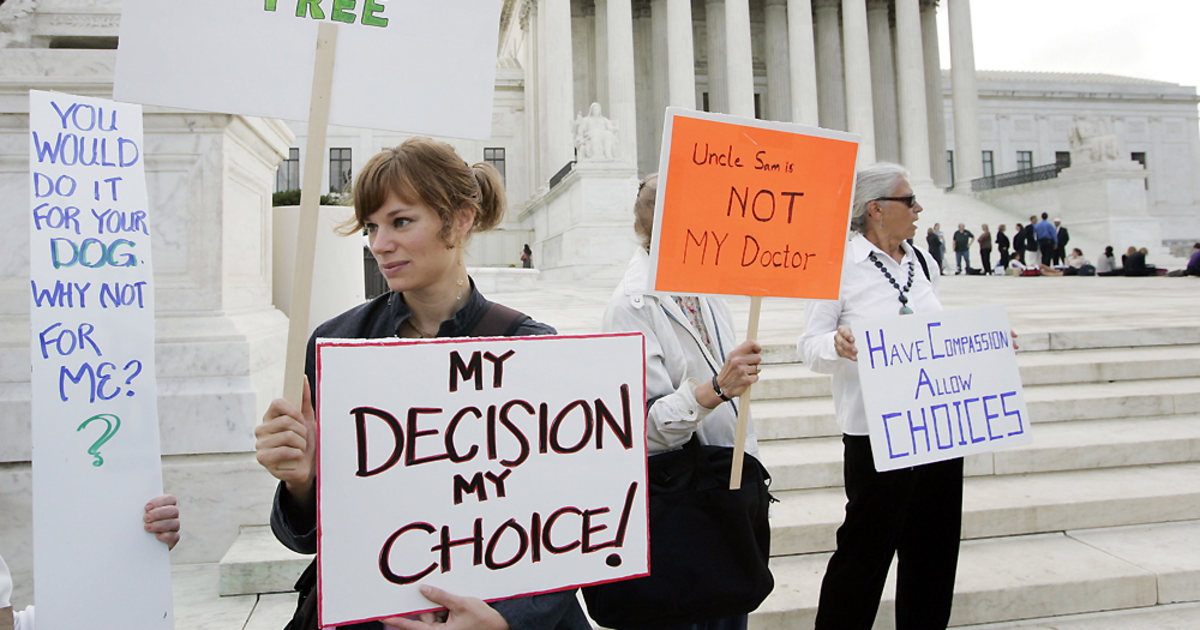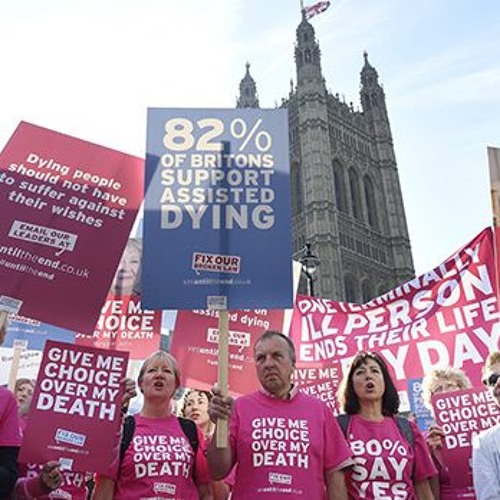A few months ago, I attended a seminar titled medically assisted dying (MAD), a relatively recent but controversial concept in medicine. Simply put, MAD is when a doctor, on a patient’s request, actively ends the patient’s life, usually by administering a lethal dose of a drug to the patient. Several terms are used interchangeably; medically assisted dying, medically assisted suicide, physician assisted suicide and euthanasia, the difference mostly pedantic e.g. the reason for ending the patient’s life (terminal illness, limiting pain, or the patient’s choice), or who conducts the death (the doctor or the patient).

MAD must be differentiated from other passive dying processes such as palliation, withdrawal of treatment or end-of-life care (EOLC). In these cases, death is allowed to occur naturally in terminally ill patients and any ongoing active treatment is stopped or withheld. The focus of care forthwith would be to ensure that the patient is made comfortable so that the dying process is as bearable as possible. This may involve things like treating pain, dehydration, vomiting, hiccups etc. Depending on the case, it may take only a few minutes for death to occur (e.g. turning off a life-support machine) or can last up to a year (e.g. in some cancer patients). Palliative care is now a major specialty in medicine.

MAD on the other hand involves actively effecting the death of a patient. Strict legislation guides MAD, most of which were passed in the last 2 decades. It is now legal in a handful of European countries (Austria, Belgium, Luxembourg, Netherlands, Spain, Switzerland) and in some parts of the United States, Australia, New Zealand, and Canada. Germany and Italy are currently debating theirs.
The debate about MAD is an ethical one. The difficult question is whether it is right under any circumstance for doctors, who swore an oath to ‘do no harm’ to their patients, to effect their deaths. So far, it remains contentious.
The opponents of MAD opine that it completely defies the tenets of medical ethics especially the principle of ‘do no harm’. The doctors’ office they say, should be a safe place for patients and not one where their lives will be taken away. They also argue that the trust on which doctor-patient relationships are built will be completely eroded if this practice is upheld.

Furthermore, they aver that if MAD is legalized around the world, it will be abused. The thought of doctors having access to lethal drugs for the intention of ending patients’ lives unsettles many. Moreover there are still grey areas around the issue of consent.

MAD undermines palliative care. The whole essence of palliation is to dignify the process of dying so that terminally ill patients can pass away with as little discomfort as possible. It also helps to soothe grieving families. Relatives want to know that their loved ones did not suffer while dying. With MAD, palliative care will no longer be necessary.
From a religious point of view, MAD debases the sanctity of life. Proponents of this view posit that it is not in man’s place to take away another man’s life under any pretext. They also argue that pain and suffering are permitted by God and as such are not reasons to end another’s life.
The proponents of MAD on the other hand argue that roughly 150 million people around the world already have access to MAD services, why deny the rest of the world? Moreover they assert, residents of countries where MAD is illegal/unavailable travel to countries where it is legal and purchase these services at exorbitant sums. They further affirm that adequate checks can be put in place through strong legislation to mitigate any abuse of the process.

They go on to counter-argue by stating that it is not in the place of doctors to deny patients the right to end their pain by ending their lives. This way, they claim, the patients have better control over their lives. The crux of their argument is that death is a form of treatment. They believe that medical care is a spectrum that ranges from diagnosis to death and that there is no point in delaying death. There is a campaign called ‘Better Off Dead’.

One of the speakers at the seminar had conducted 20 MADs so far and said he derived great satisfaction knowing he was easing the pain of grieving families. He shared pictures of appreciation cards, letters and flowers from families of his patients who had passed away (through MAD).

To summarize, the argument for and against MAD is ongoing. Several European houses of parliament are currently debating whether to legalize it or not in their respective countries. Of course such a concept is still alien in Africa. Personally, I am opposed to actively effecting the death of a patient, no matter the circumstance.


I am Pro MAD. We talk about “allowing a person to die with dignity” via palliation, however, i don’t think there is any dignity in being stuck in a bed, needing to be fed, toileted, turned over and enduring unending pain.
This dying person would no longer be that same person we are trying to keep alive. They were probably independent persons who were looked up to, yet , now, could probably be a person the family and friends have to worry about and take turns carrying out the most basic daily care for.
This new phase of life could erode those beautiful memories from their loved ones and be replaced with memories of a needy, unwell person who will likely take over their very lives due to unending physical and mental care needs associated with the dying process.
When the death happens eventually, I do not think it would hurt the family members any less.
MAD in my opinion helps the person and family to intentionally plan and enjoy the last days or months alive .
I do not think it is right to deny a person who have capacity to consent to MAD and prolong their physical or mental suffering.